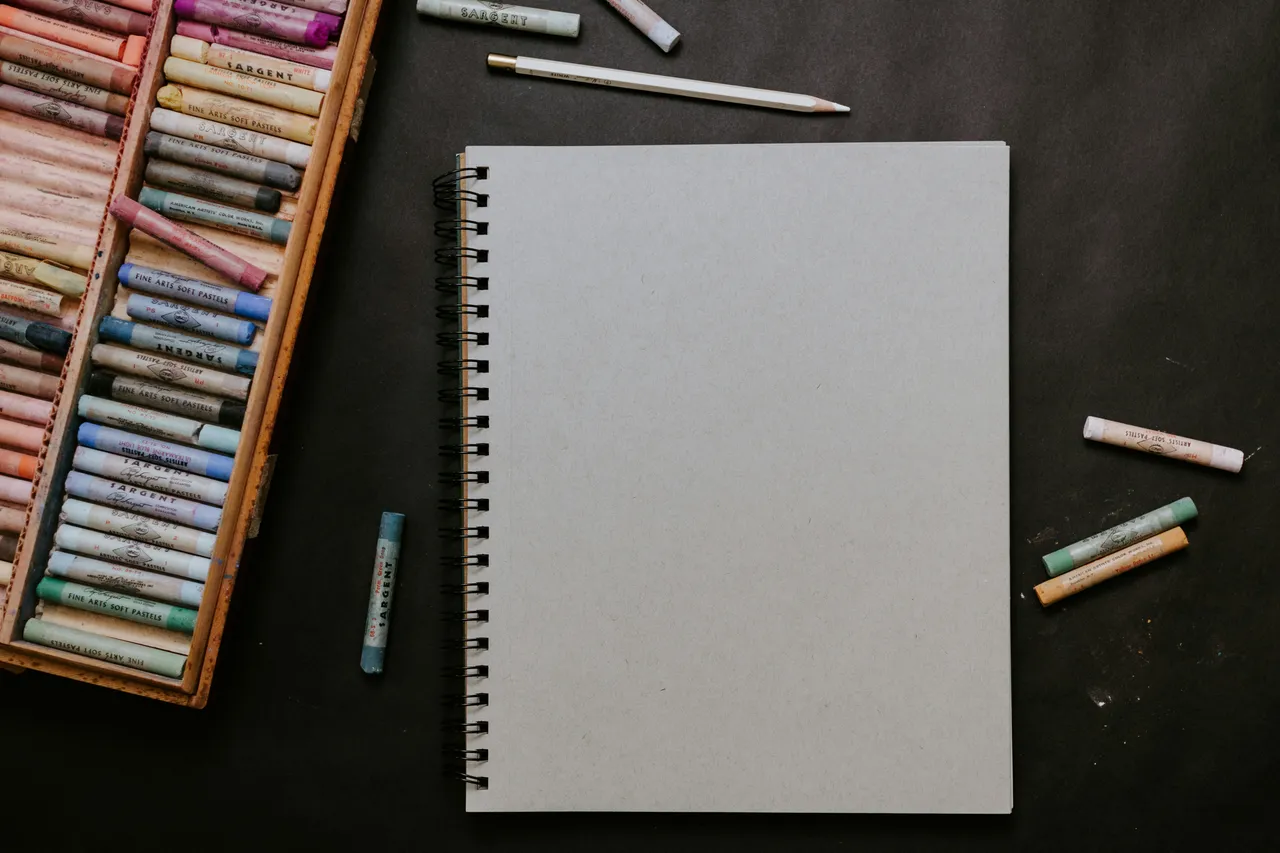Transforming Trash: Creative Techniques for Sustainable Art Using Recycled Materials
As environmental crises escalate, artists have a unique opportunity to drive transformative change through creative expression. Did you know that the Environmental Protection Agency estimates that more than 292 million tons of waste are generated in the U.S. each year? This staggering statistic highlights the importance of utilizing recycled materials, which offers artists not just a means for expression but also a profound opportunity to inspire sustainability and challenge consumerism. This article explores various techniques for using recycled materials in art, providing inspiration for both novice and experienced artists alike.
Understanding Recycled Art
Recycled art refers to the practice of creating art from materials that would otherwise be discarded. This form of art not only reduces waste but also challenges traditional notions of what constitutes art. Artists like El Anatsui, known for his large-scale sculptures made from discarded bottle caps, exemplify how repurposing everyday items can convey powerful messages about consumerism and environmental responsibility. By transforming waste into art, these artists evoke empathy and encourage viewers to reconsider their consumption habits. The growing trend of artists embracing recycled materials over traditional art supplies has significant implications for both the environment and the art community.
Techniques for Using Recycled Materials
Artists can explore countless ways to incorporate recycled materials into their artistic practices. For instance, mixed-media approaches allow artists to combine various materials, such as old books, hardware, and vintage items, to create unique pieces. Using pages from discarded books can add texture and narrative depth to a collage.
In the realm of sculptures and installations, artists can use larger recycled items, such as furniture or appliances, to create striking sculptures that make bold statements about waste and consumption. For example, an artist might dismantle an old chair and weave its components into a new form, perhaps representing the fragility of consumer culture. Vik Muniz has famously created portraits using garbage, transforming waste into thought-provoking art.
Collages offer another dynamic technique where artists can cut and assemble different materials to tell a story or convey a message. One notable example is an artist who created a powerful collage series addressing environmental themes, showcasing how collages can reflect personal experiences and societal issues.
Sourcing Recycled Materials
Finding recycled materials can be an adventure in itself. Artists can check out thrift stores, garage sales, and community recycling centers for hidden treasures. Many communities have creative reuse centers that offer affordable or free materials. Online platforms like Freecycle or Facebook Marketplace often have listings for free or low-cost materials that can be repurposed for art projects. Joining local artist groups online can also lead to material exchanges.
Encouraging friends and family to donate their unused items creates a community effort towards sustainability. Organizing community collection drives can gather a variety of materials for art projects. For example, hosting a local event where community members can bring in items to donate for artistic reuse can foster engagement and creativity. Specific items to look for include glass jars, fabric scraps, and old electronics, which can all be transformed into art.
Case Studies and Examples
Several artists and movements have made significant contributions to the world of recycled art. Chris Jordan uses large-scale photography to depict the overwhelming amount of waste produced by consumer culture. His work captivates viewers and sparks conversations about environmental responsibility and the impact of our consumption habits. Additionally, emerging artists are making strides in this field, using innovative techniques to highlight the importance of sustainability in their work. For instance, local artist Jane Doe creates stunning installations from plastic waste collected from beaches, raising awareness about ocean pollution and inspiring community clean-up efforts.
The Environmental Benefits of Recycled Art
Using recycled materials in art has profound environmental benefits. By repurposing items that would otherwise end up in landfills, artists contribute to waste reduction and resource conservation. According to studies, recycling can save significant amounts of energy and reduce greenhouse gas emissions. This practice encourages a sustainable lifestyle and promotes awareness of the ecological impact of consumerism. For instance, recycling one ton of paper can save approximately 17 trees and 7,000 gallons of water, illustrating the significant impact of recycled art.
Conclusion
Art with recycled materials is not merely a creative endeavor but a vital call to sustainability. By tapping into your resources and imagination, not only will you create stunning pieces, but you will also be a part of a movement that emphasizes environmental stewardship. We encourage you to embark on your own artistic journey by creating works that reflect your commitment to sustainability. Share your creations with #RecycledArtChallenge, and inspire others to explore the beauty of recycled art!
This article was developed using available sources and analyses through an automated process. We strive to provide accurate information, but it might contain mistakes. If you have any feedback, we'll gladly take it into account! Learn more


